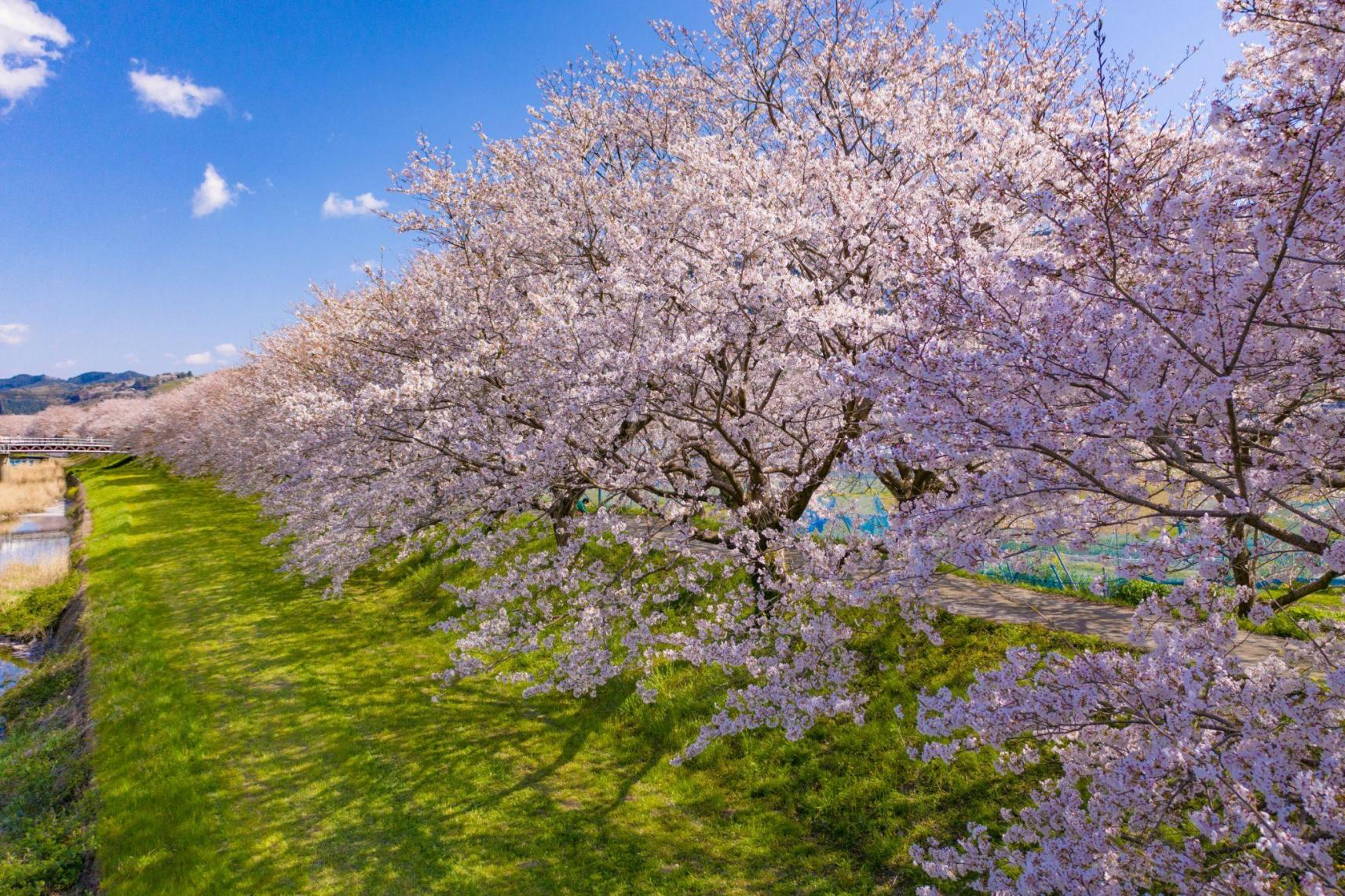We use cookies on this site to enhance your experience. By continuing to browse, you agree to our use of cookies. See our Cookie Policy for more information.
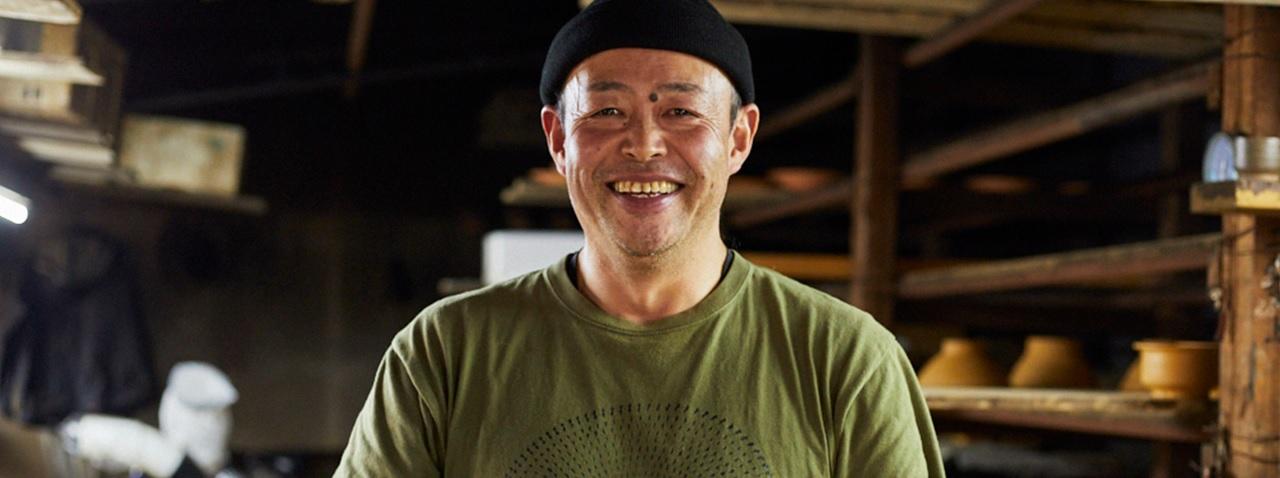
Fukuoka Artisan Profile: Yusuke Kumagae, Ceramic Artist
Deep in the south of Fukuoka Prefecture lies Toho Village, a treasure trove of historic pottery and creative excellence. It is home to Takatori and Koishiwara Pottery, both traditional ceramic art styles that have histories spanning over 350 years. There are about 50 potteries in this small village and Kaneha-gama, a small pottery with a tall brick chimney nestled at the edge of a dense forest, is one of them.
It’s here, surrounded by nature, that third generation ceramic artist and farmer Yusuke Kumagae spends his days. Whether he is shaping clay or harvesting rice, he is connected to the abundant natural environment around him. And while it may seem that the two roles of farmer and artist are unrelated, Kumagae explains that they are interlinked. “Because I am both a farmer and a ceramic artist, I can get all the materials and resources I need through my work. For example, I take rice straw, burn it, and then combine the ashes with wood ash and use it in my glazes. I think Koishiwara Pottery has lasted this long in part because it’s very sustainable in that sense,” he says.
For many Koishiwara Pottery artisans, the selection and styles of vessels and tableware shift with every generation. “For some people, the interpretation of tradition is that you maintain the original method and end product. In the 350 years Koishiwara Pottery has existed, each generation has adjusted to the needs of their customers. Obviously, as time goes on, food culture changes, so we change the design to meet new needs. Then again, if all you do is change then you lose the unique element that makes your work special. Then people can buy anything — it doesn’t have to be Koishiwara Pottery — so we still maintain important techniques and consider that when we make things.”
Kumagae considers one of the most important aspects of his work to be the creation of tableware and other items that fit seamlessly into people’s daily lives. His goal is to reduce tiny stressors — imagine a coffee cup where the handle is just a little bit too small — so that people can follow their daily routines without extra hurdles. He explains, “If your fingers don’t easily slide under the bottom of a rice bowl when you pick it up, it’s not a disaster, but it is a small element of unconscious stress and frustration. And that builds up after a while.”
Kumagae considers his work a luxury, even though he “doesn’t make much money” and enjoys his lifestyle. As for the potential fourth generation Kaneha-gama ceramic artist, his son, he has high hopes he will continue the tradition.
Pottery Workshop
Kumagae holds Koishiwara Pottery workshops (reservations required) and teaches the basics while helping as much or as little as needed. Guests can make two items, usually in the form of a yunomi (a kind of tea cup) and a chawan (a bowl), but other options are available. Note that these may cost extra. The vessels will be finished glazed and put in the kiln by Kumagae himself, and your works of art will be sent to you by post some weeks later. For design options, peruse the onsite store for inspiration.
The full workshop takes about one to one-and-a-half hours to complete and at the time of writing, the experience costs \3,300. Experiences are available for solo visitors, couples and small groups of up to 15 people. For more details about Kaneha-gama’s opening hours or to book a workshop, see the official website. For more info see the Toho Village Official Tourist Information website.


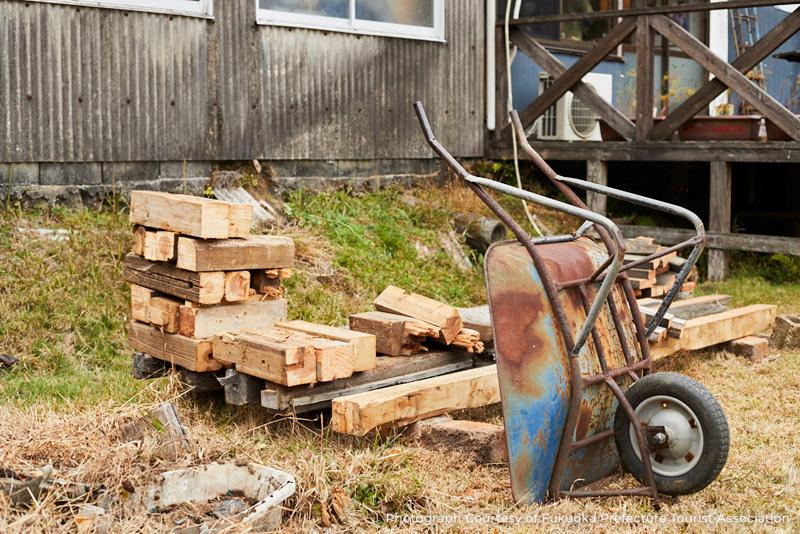
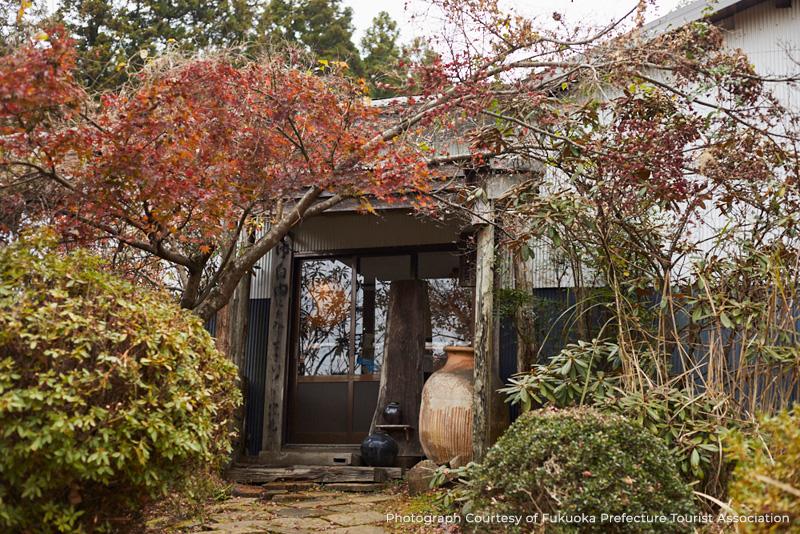
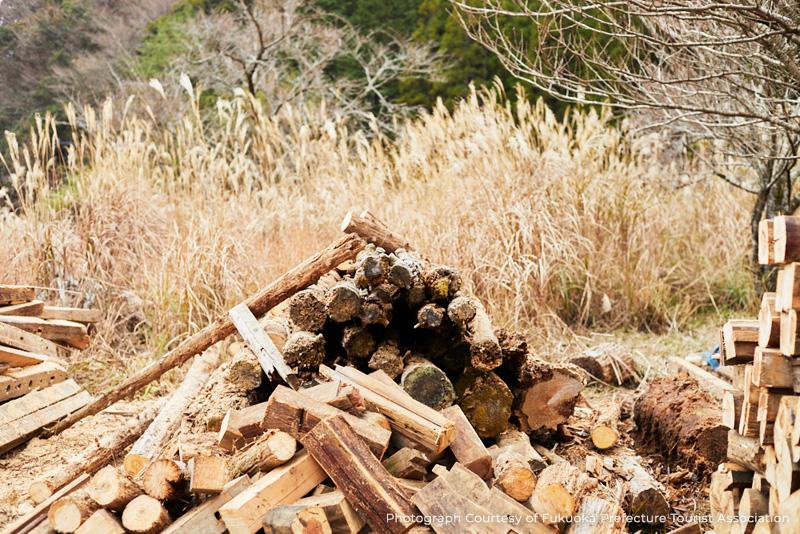
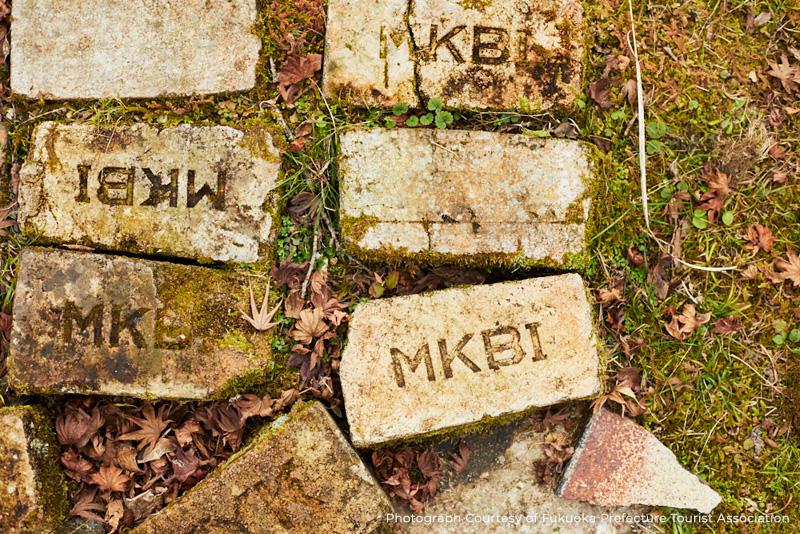
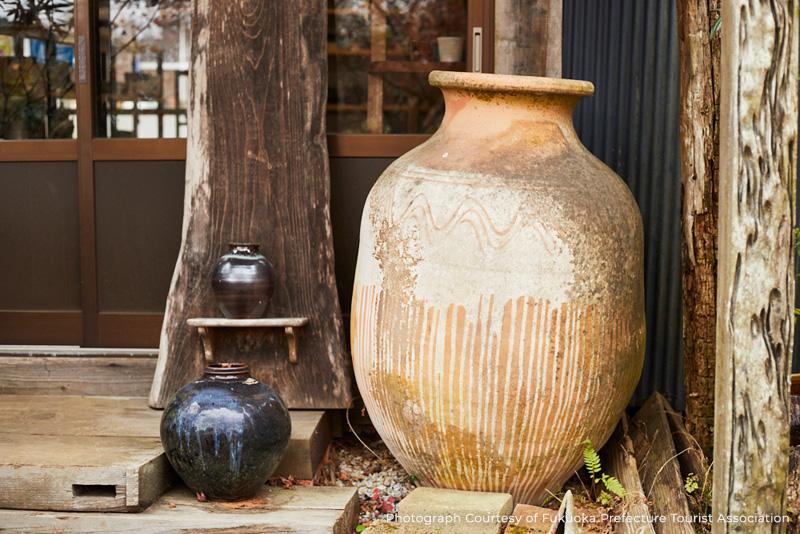
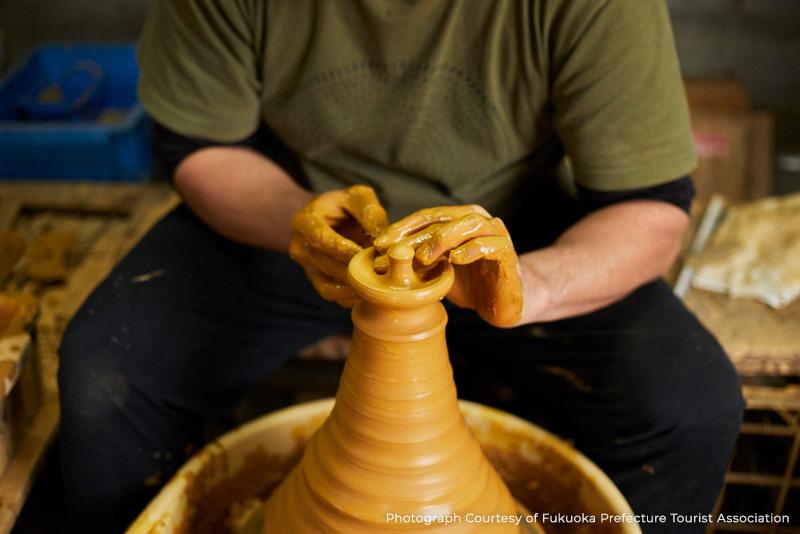
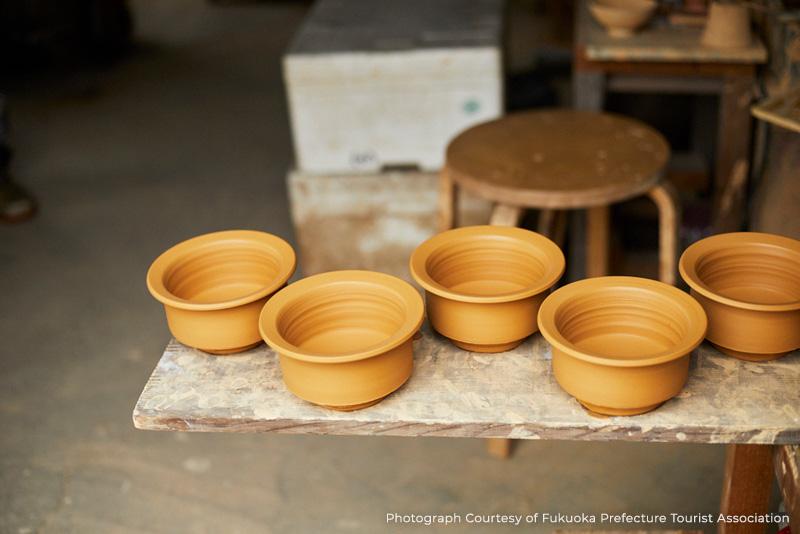
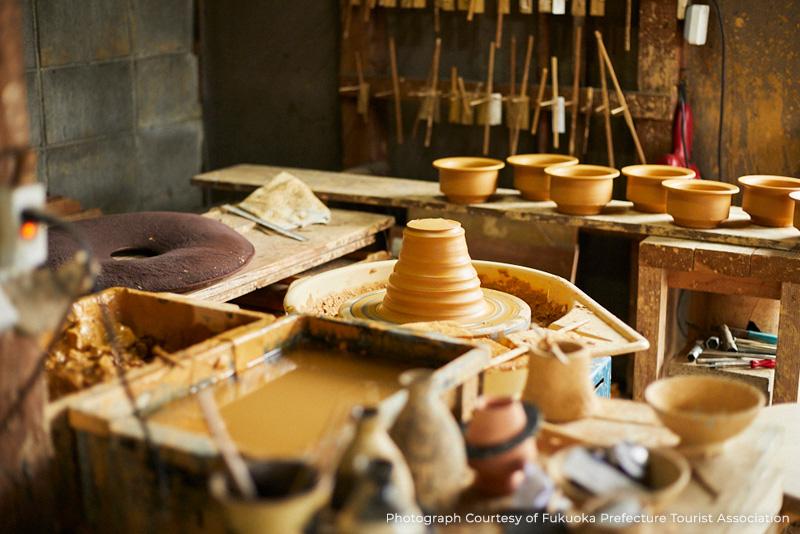
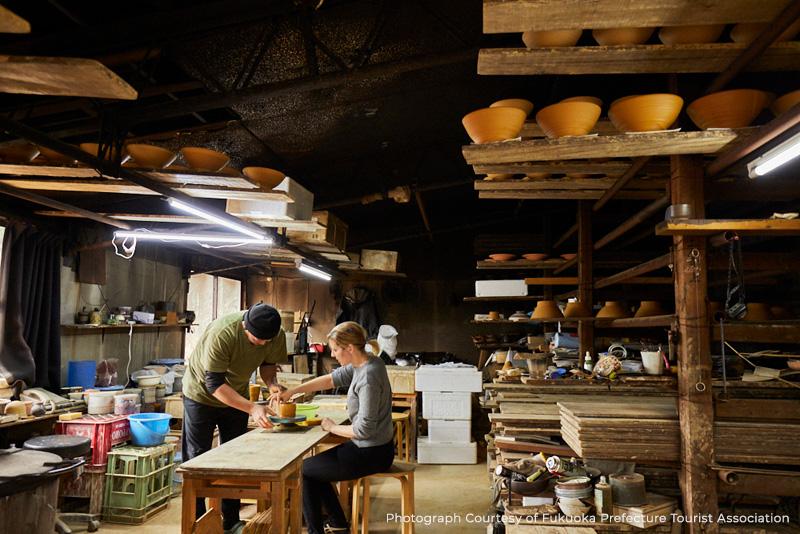
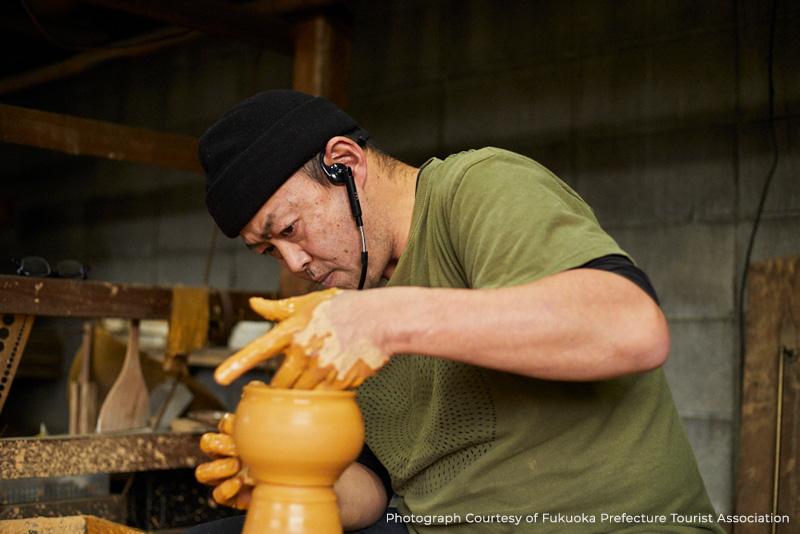
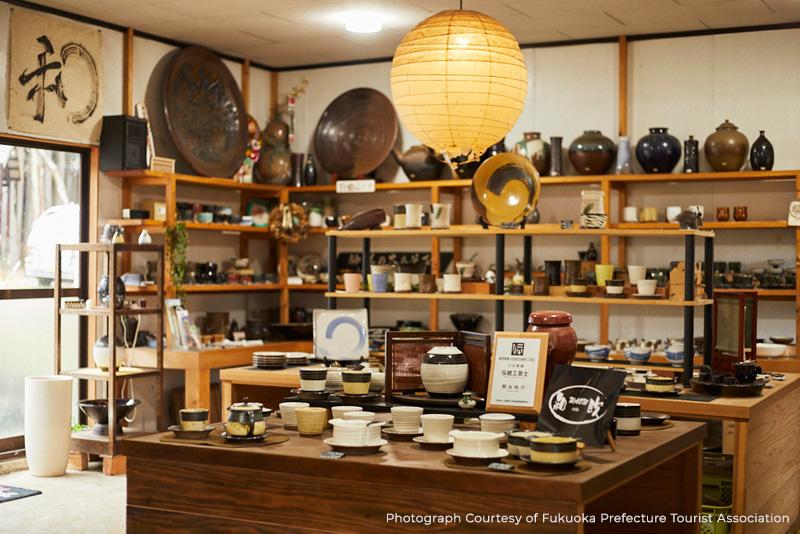
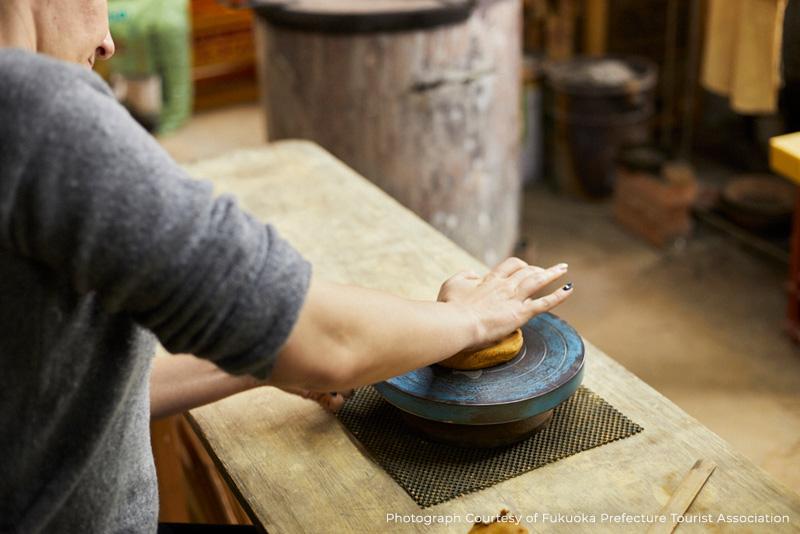
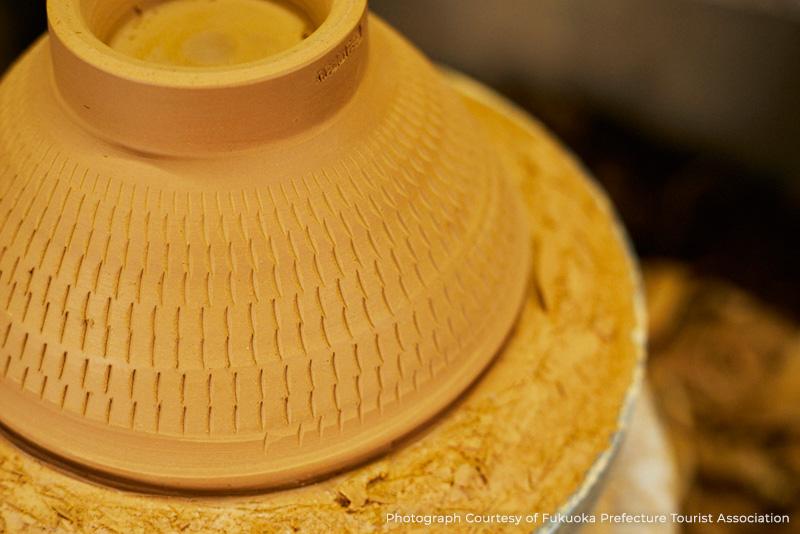
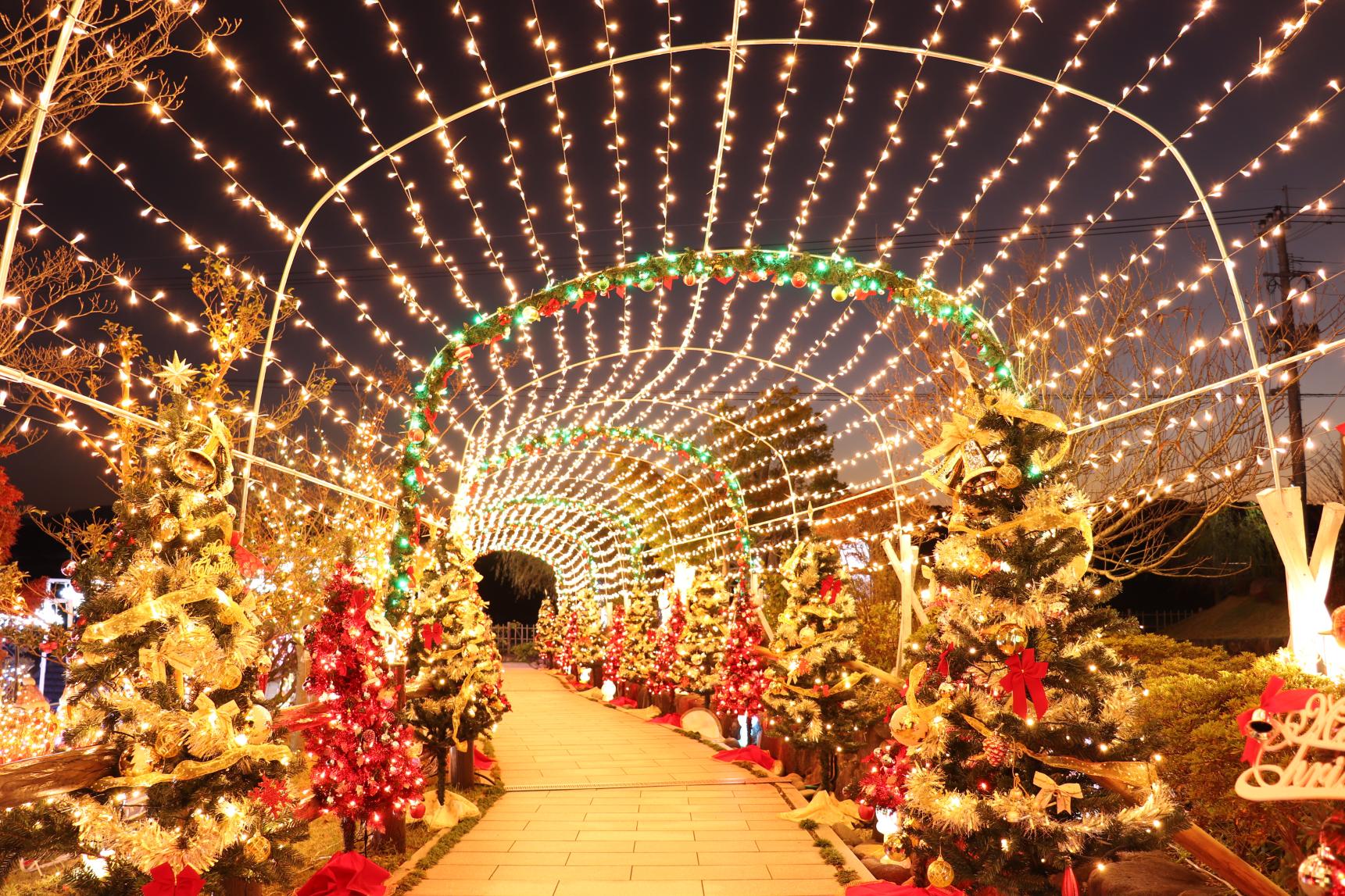
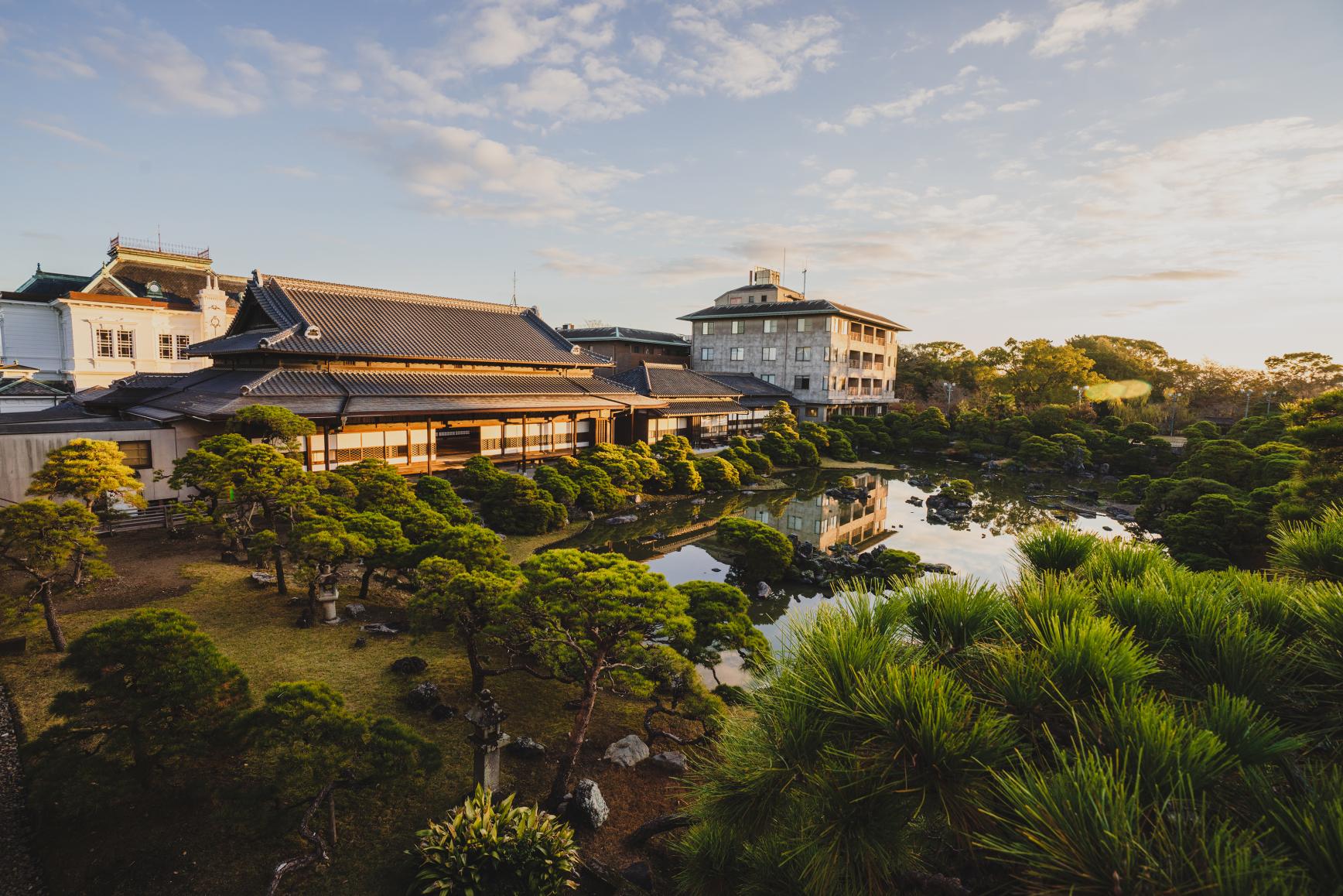

![[2025 Edition] The Best Places to See Cherry Blossoms in Fukuoka-1](https://www.crossroadfukuoka.jp/storage/special_features/38/responsive_images/q0hE9tjduBiHqz9D4hlPG9Rx4qnsyGjp3aFupoG1__1673_1115.jpg)
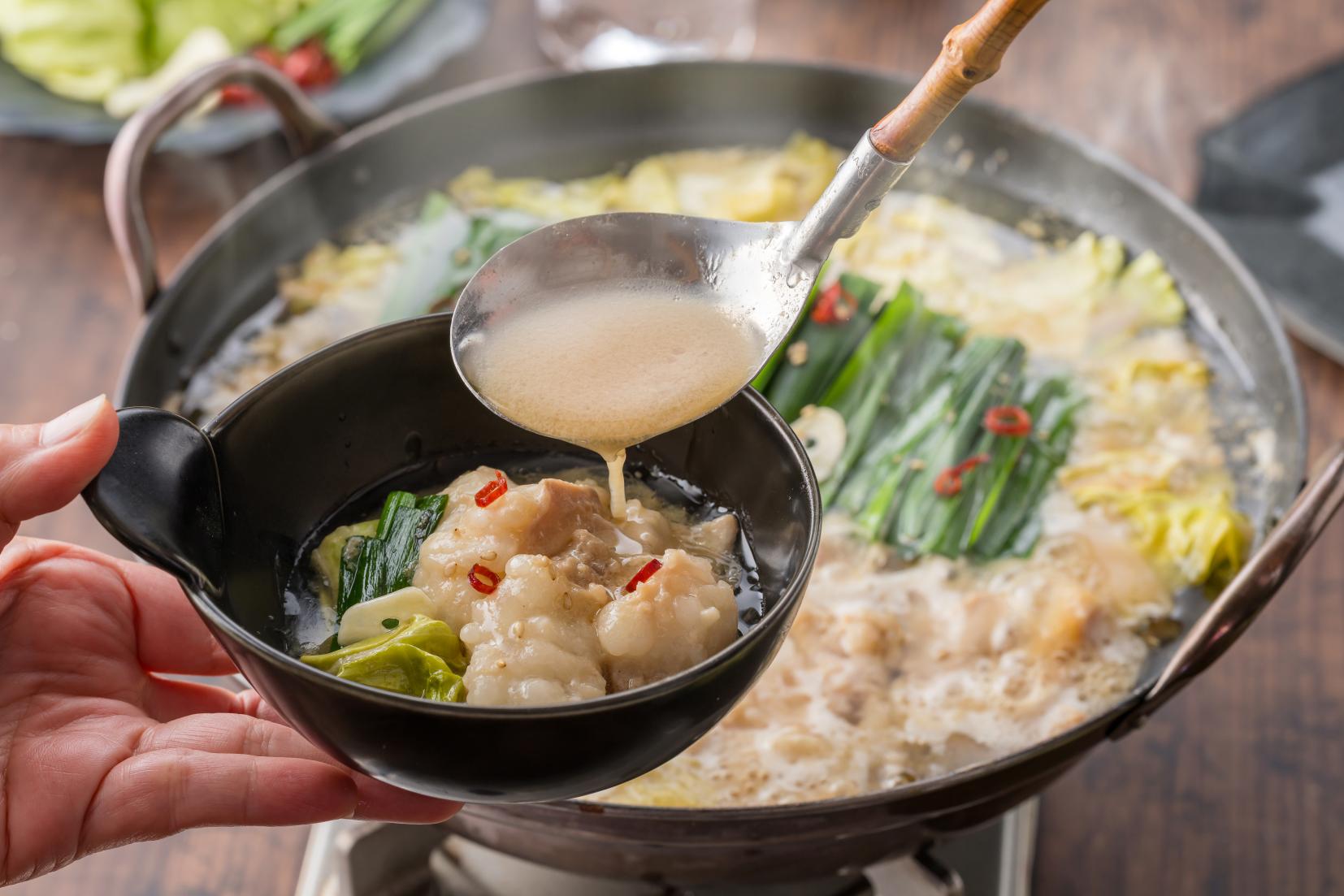
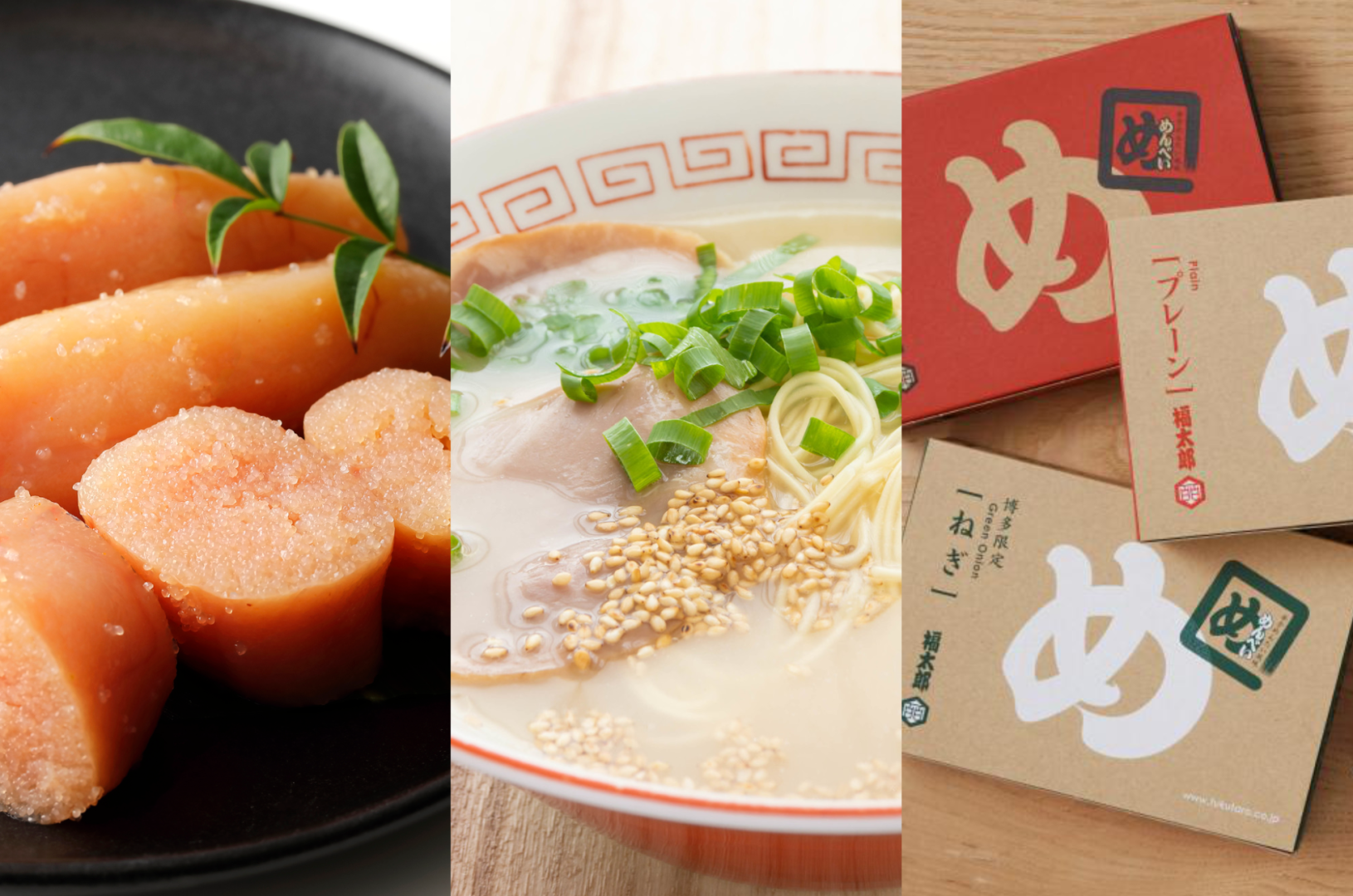
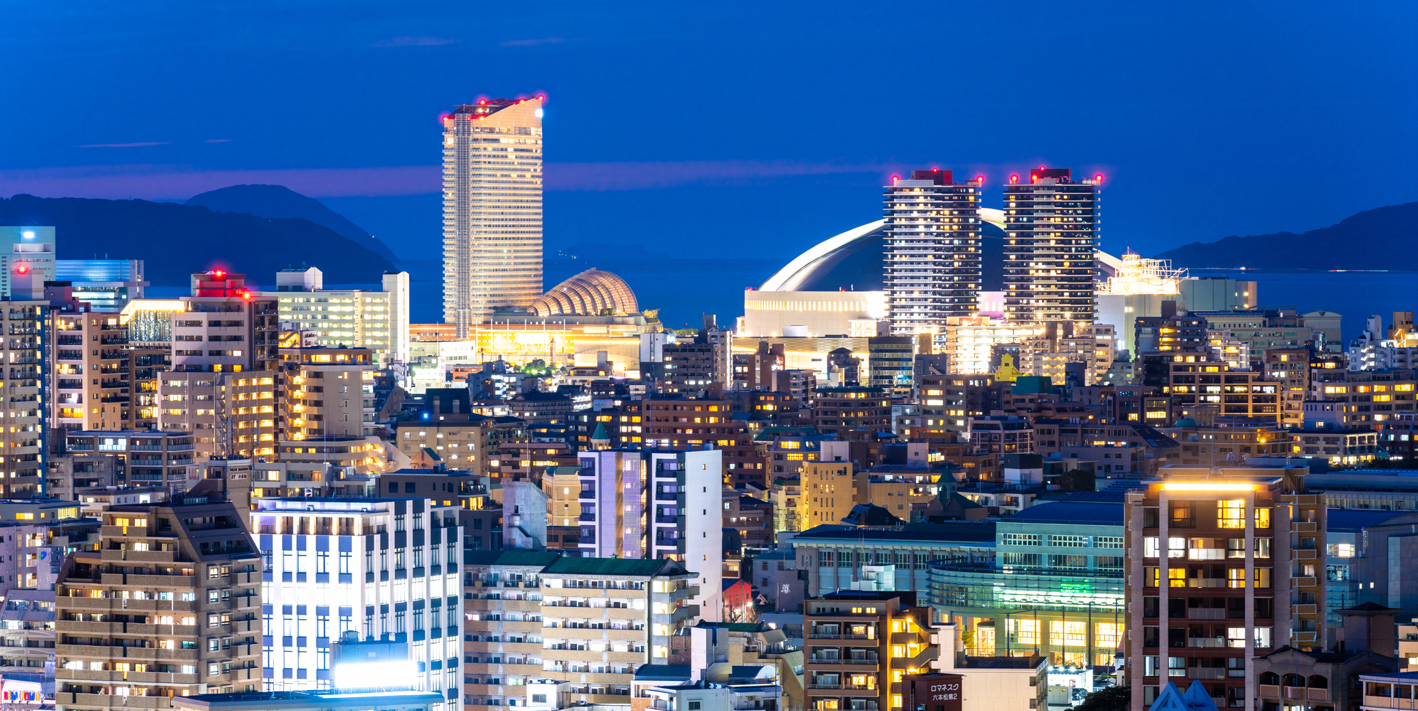
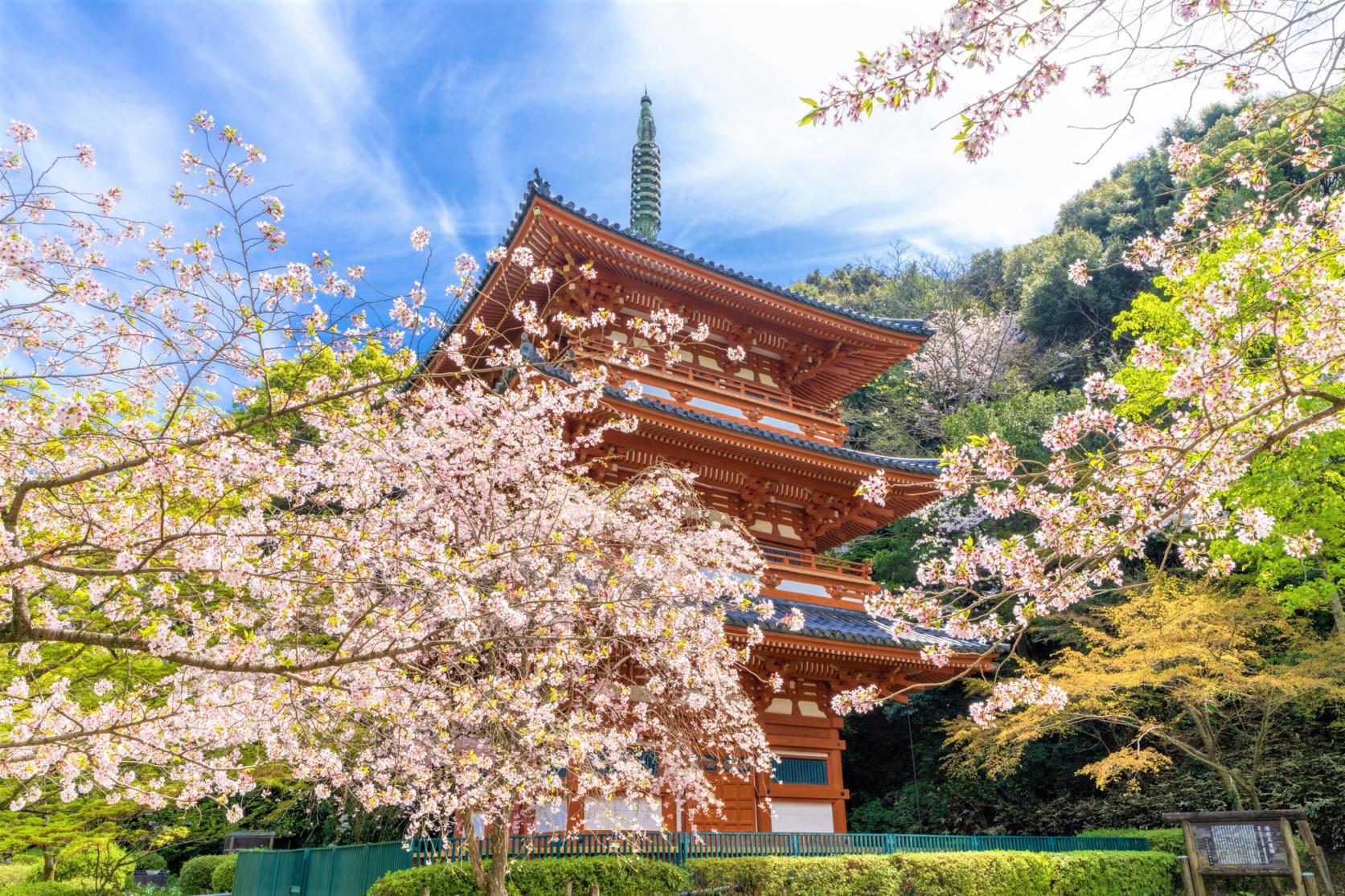
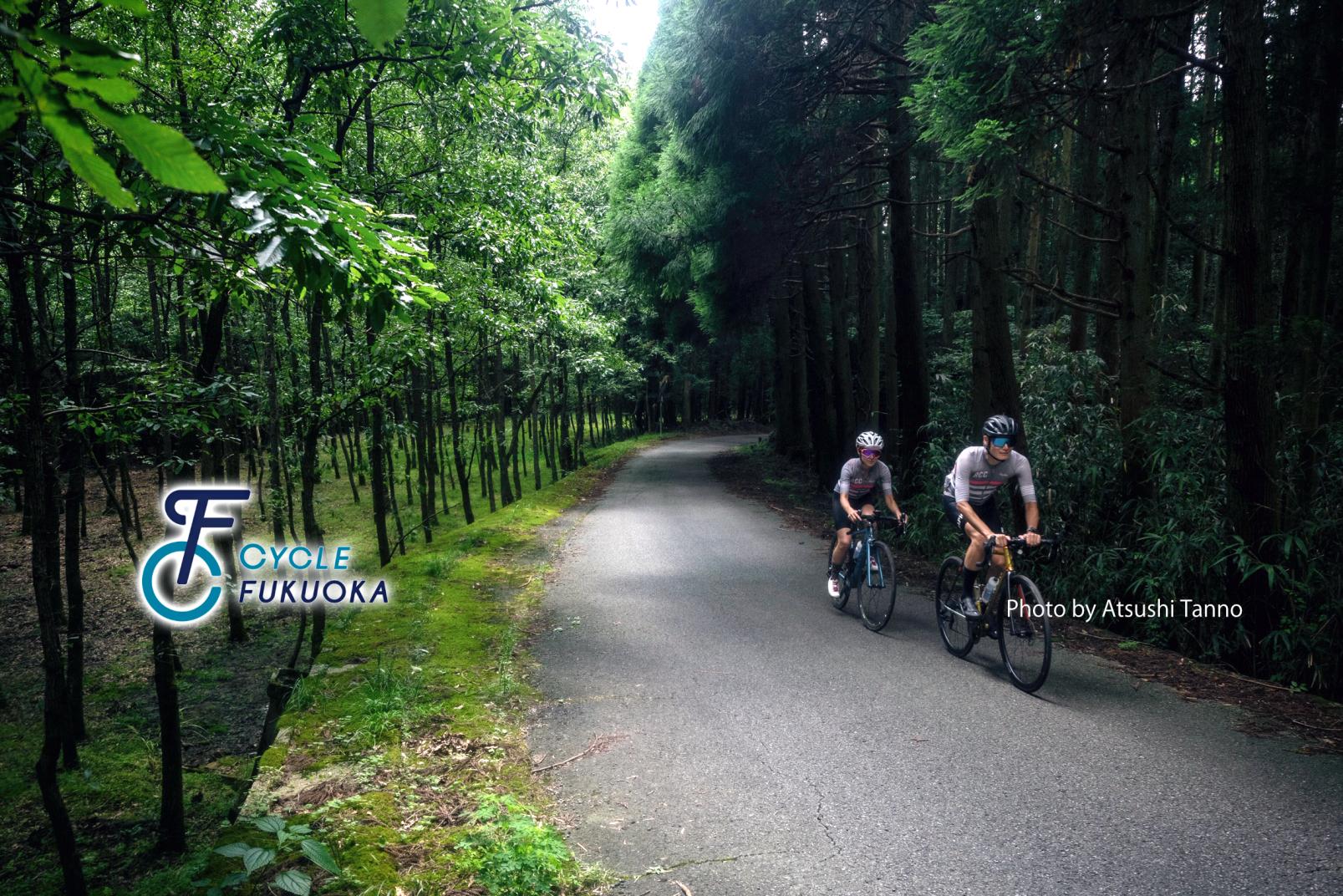
![[2025 Edition] Strawberry Picking Spots in Fukuoka-1](https://www.crossroadfukuoka.jp/storage/special_features/49/responsive_images/9ZHgrqvQdpH8tM4IRF54DXu0aPBF3YGGkj5WOTGc__1673_1115.jpg)
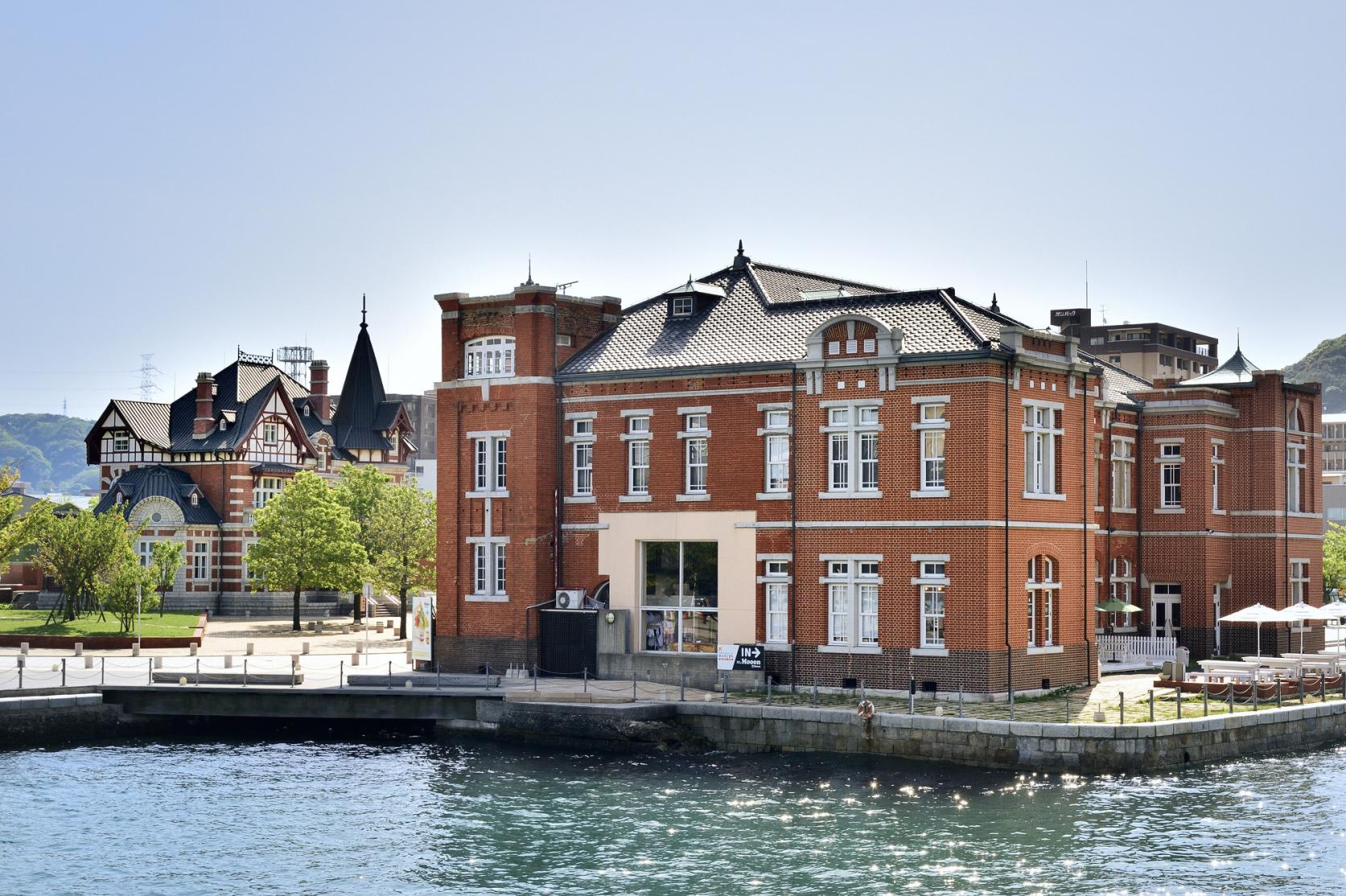
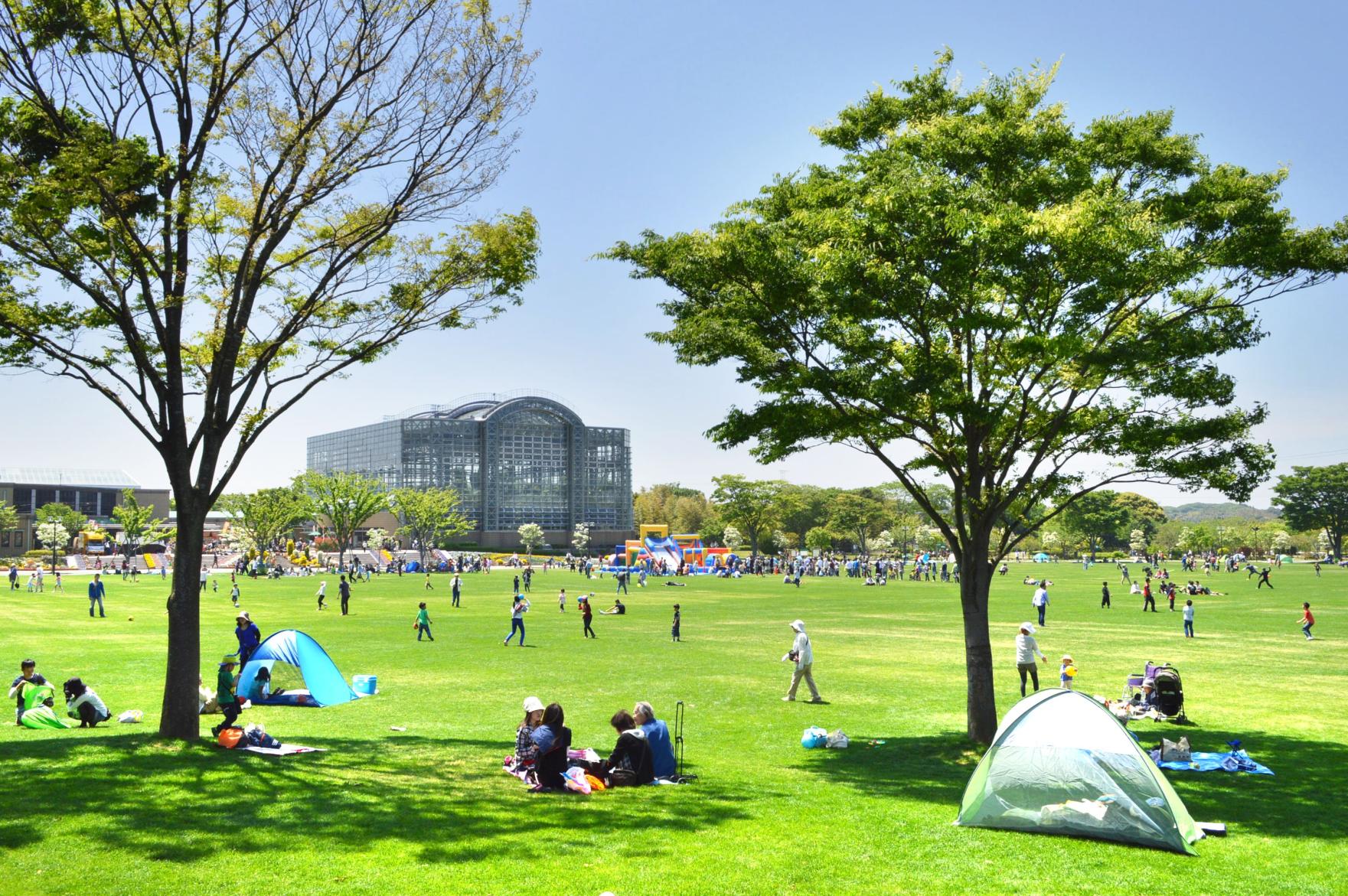
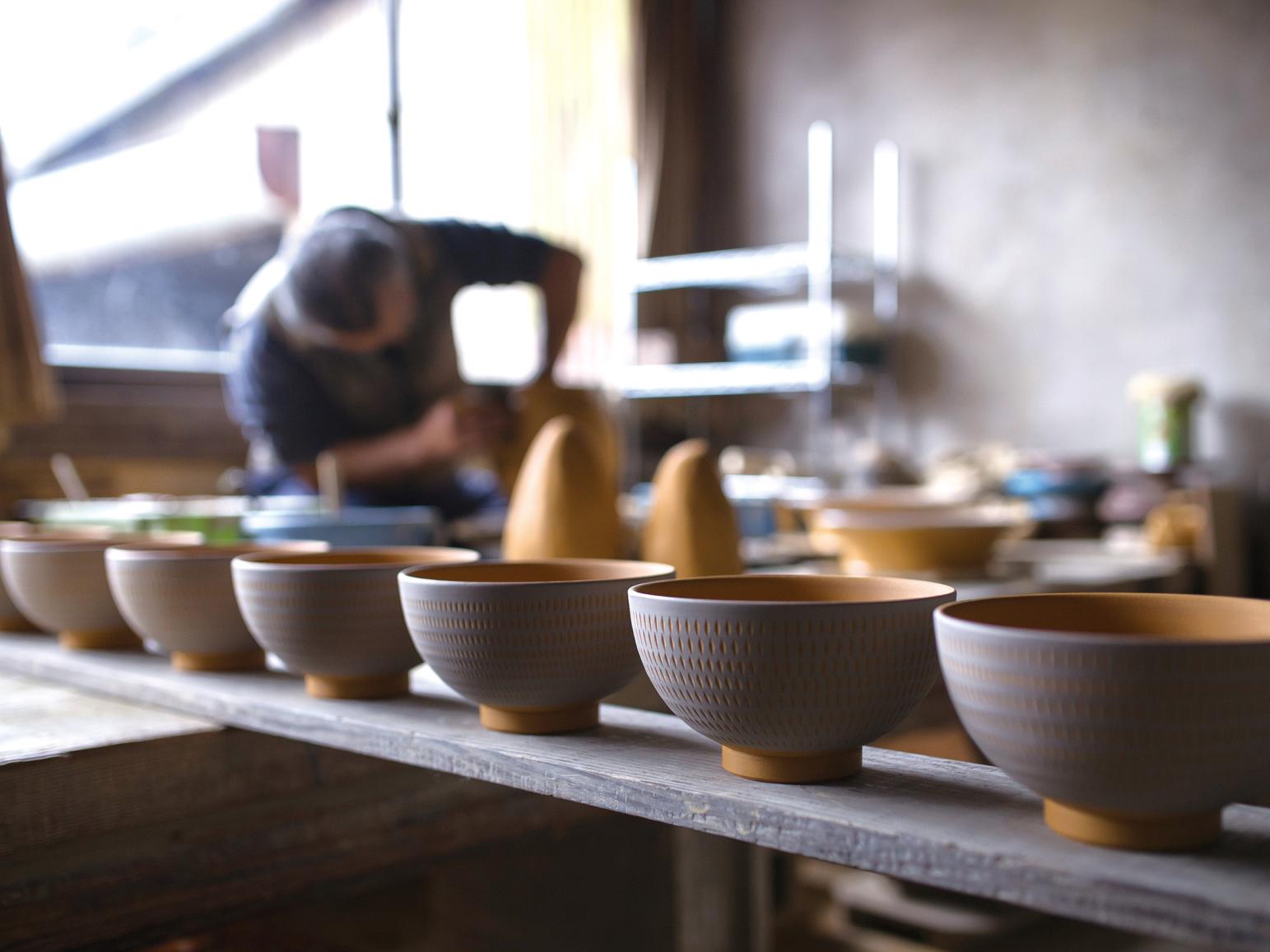
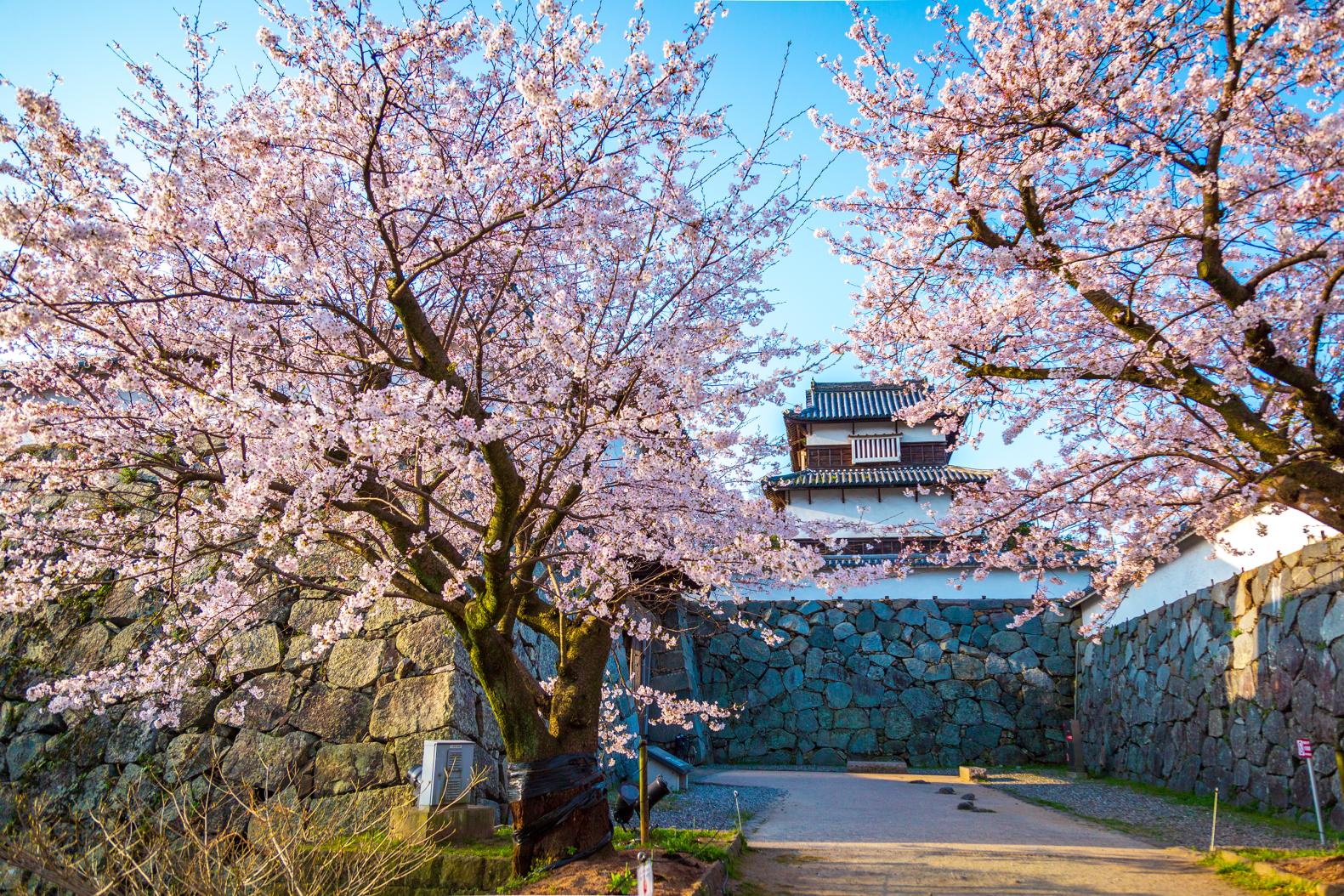
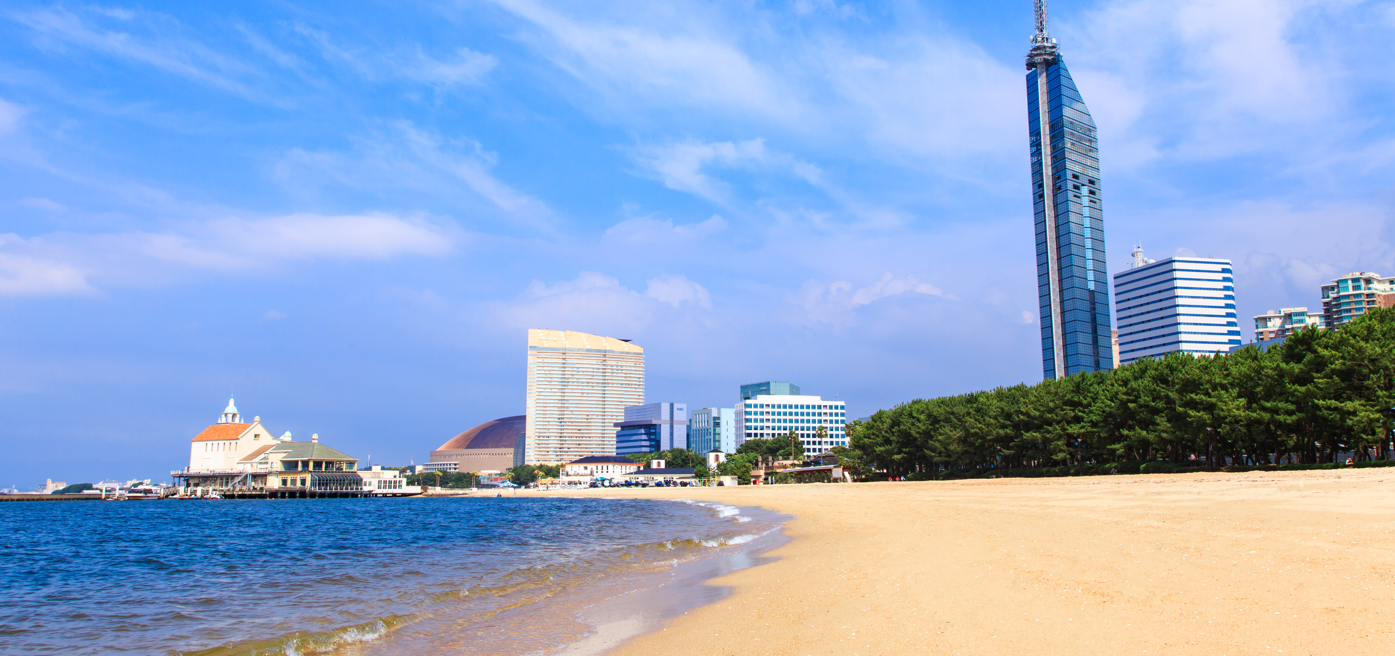
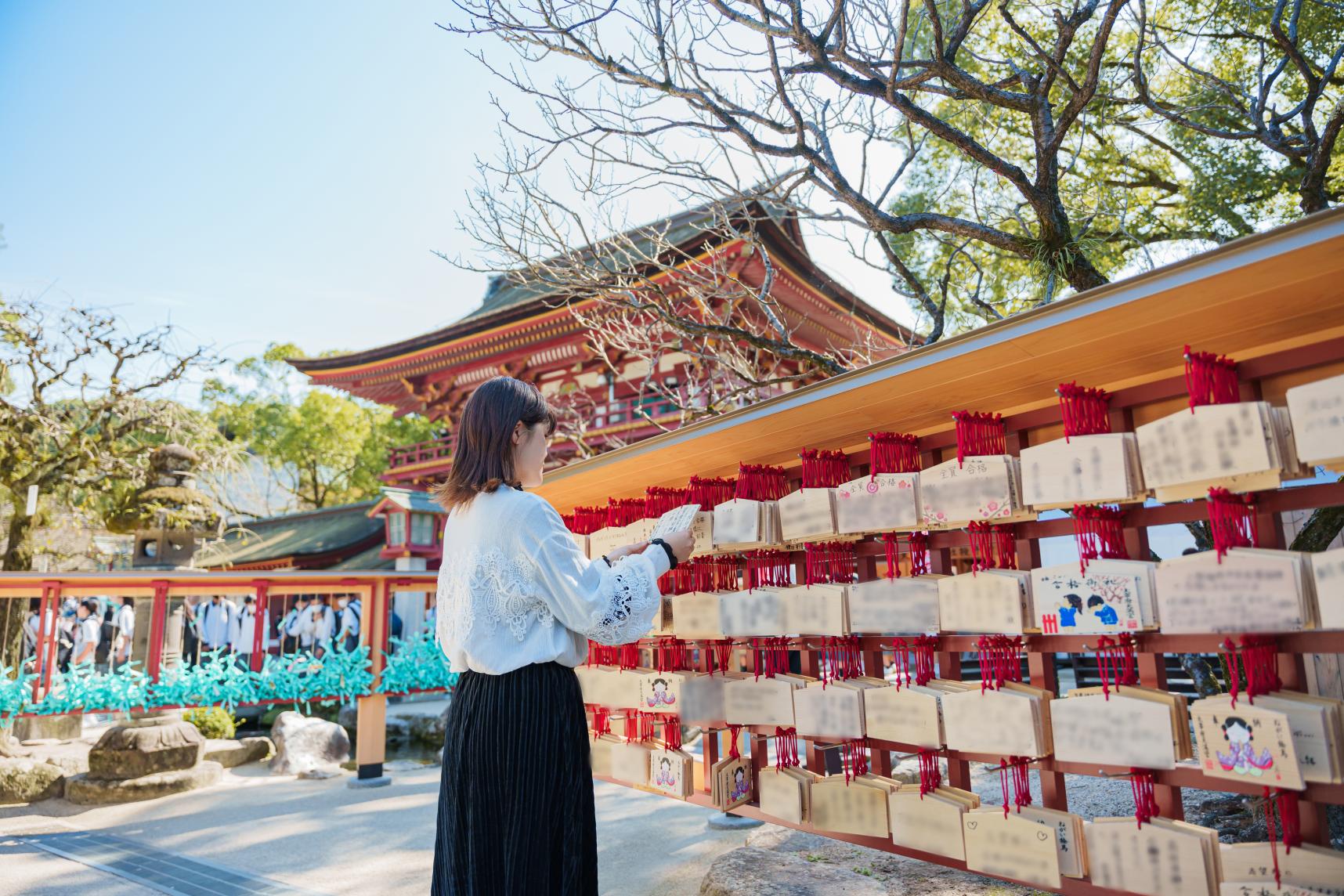
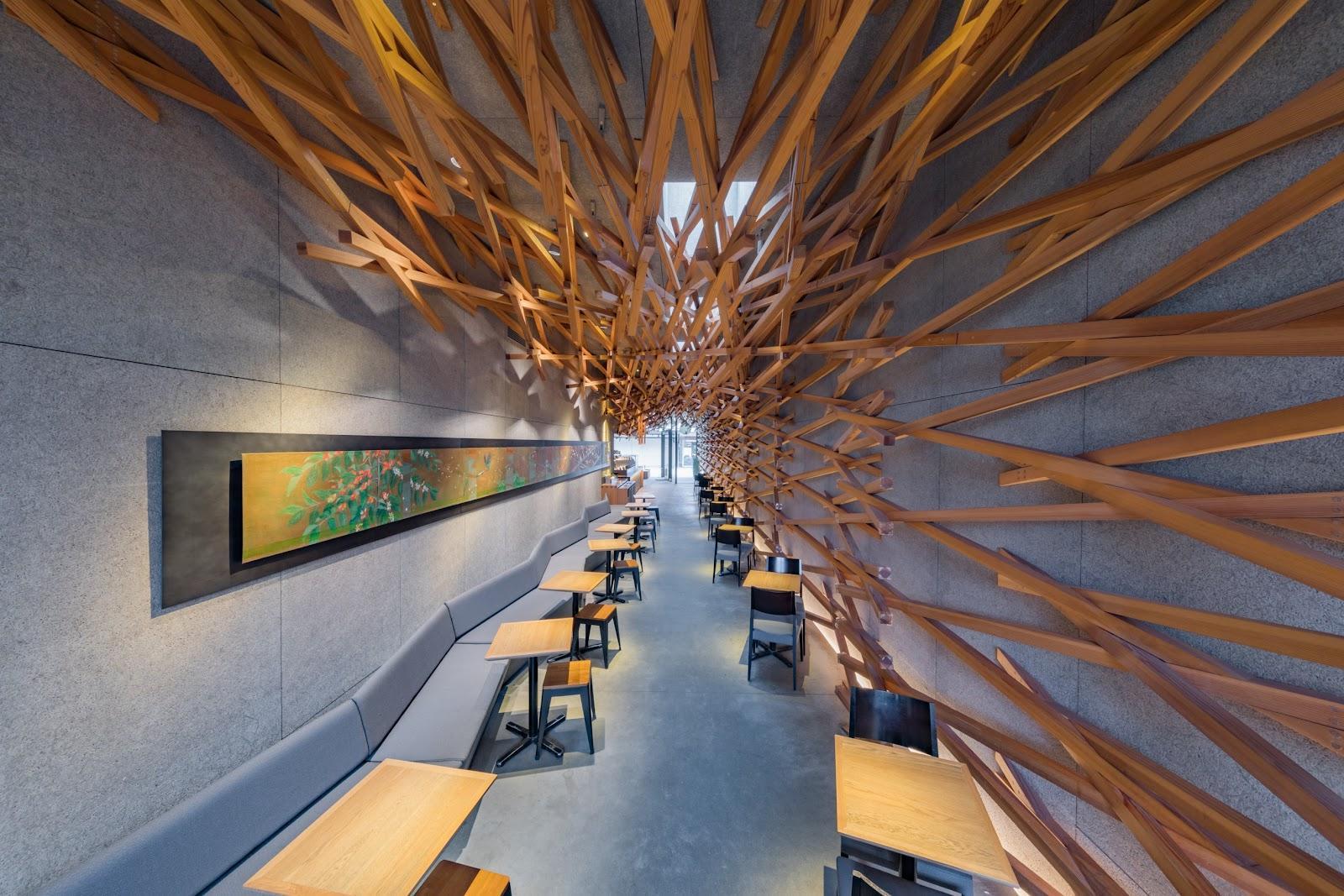
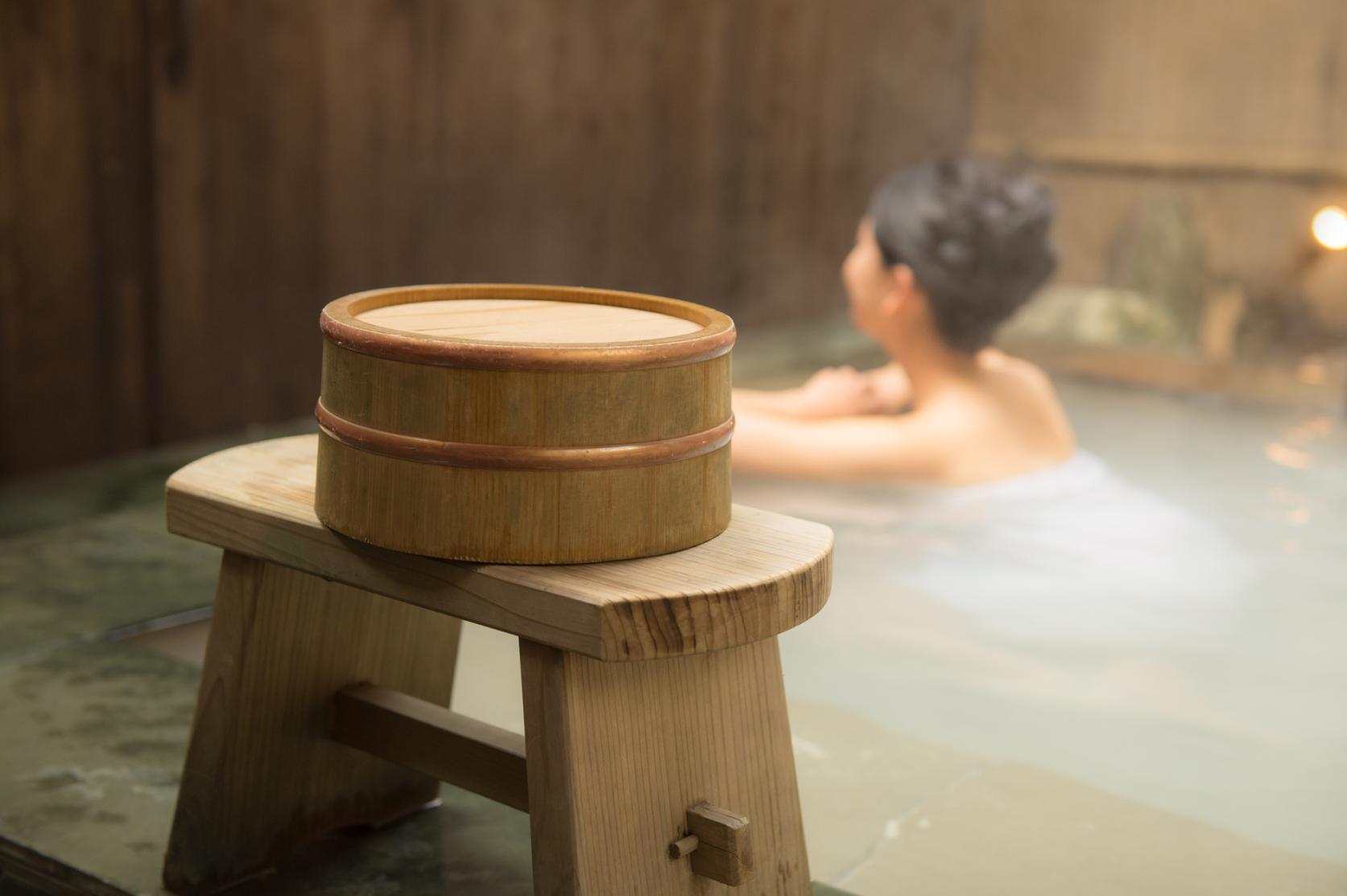
![[2024 Edition] Your Guide to Fukuoka Prefecture's Best Fall Foliage Destinations-1](https://www.crossroadfukuoka.jp/storage/special_features/279/responsive_images/49m7voPHQ1J9tJsmiguwSxPT6qZON51ATRvm5NJK__1673_1115.jpg)
